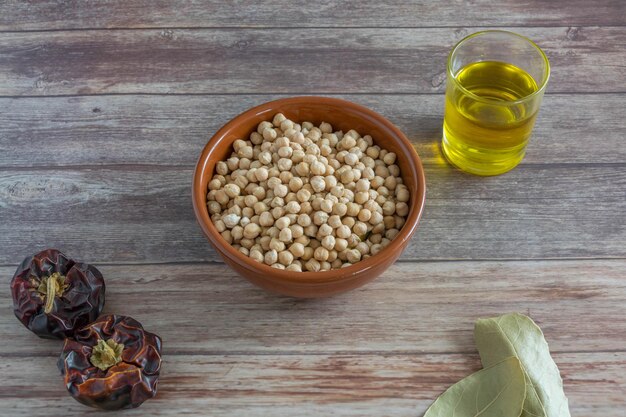Wondering if Beans Are Safe for Diabetics? Here’s the Answer
When managing diabetes, diet plays a crucial role in keeping blood sugar levels in check. For those dealing with this condition, choosing the right foods can be challenging. A common question that arises is: Are beans safe for diabetics? The short answer is yes! Beans are not only safe but also highly beneficial for those with diabetes. Let’s delve deeper into why beans should be a staple in a diabetic-friendly diet.
Nutritional Benefits of Beans
Beans are certainly a powerhouse of nutrition, packed with essential elements like fiber, protein, vitamins, and minerals. Here's why they are particularly advantageous for diabetics:
- High in Fiber: Beans are rich in soluble fiber, which helps to stabilize blood sugar levels by slowing down the absorption of sugar.
- Low Glycemic Index: Beans typically have a low glycemic index, meaning they cause a gradual rise in blood sugar, which is crucial for diabetes management.
- Rich in Protein: As a plant-based protein, beans can help in reducing meat consumption, which can be beneficial for cardiovascular health—a significant concern for diabetics.
Types of Beans Suitable for Diabetics
Diabetics can enjoy a wide variety of beans, such as:
- Black Beans: Full of antioxidants and fiber.
- Chickpeas (Garbanzo Beans): Great for salads and hummus, high in protein.
- Lentils: Quick-cooking with a high iron content.
- Kidney Beans: Perfect for chili and rich in nutrients.
- Pinto Beans: A staple in many Mexican dishes with plenty of fiber.
Incorporating these beans into your diet can bring diversity in meal planning and nutritional benefits, helping maintain a balanced diet.
Enjoying Beans in a Balanced Diet
While beans are beneficial, moderation is key. Here are some tips on how to enjoy them healthily:
- Portion Control: Keep an eye on portion sizes to avoid excess calorie intake.
- Pair Creatively: Mix beans with leafy greens, whole grains, and lean proteins to create balanced meals.
- Watch Sodium Levels: When using canned beans, rinse them thoroughly to reduce sodium content.
- Experiment with Recipes: Try soups, stews, salads, and vegetarian dishes to make the most of their versatility.
Adopting these habits can lead to a more fulfilling and health-conscious lifestyle, making diabetes management smoother.
Beyond Diet—Exploring Financial Support Options
Managing diabetes can be overwhelming, not just health-wise but financially, too. Medical expenses add up quickly. Fortunately, there are resources available:
- Government Health Programs: Options like Medicaid or Medicare may offer support for diabetes management.
- Nutrition Assistance Programs: Programs such as SNAP provide nutrition benefits.
- Diabetes Charities: Some organizations offer grants or financial aid specifically for diabetes care.
- Employee Benefits: Many employers offer health benefits that include diabetes management programs.
- Educational Grants for Diabetes Education: These can be instrumental for those looking to further understand the condition and learn how to manage it effectively.
Exploring these resources can ease financial burdens and allow individuals to focus more on health and well-being.
Resources to Explore for Financial Assistance:
📚 Government Aid Programs
- Medicaid & Medicare
🏠 Nutrition Assistance
- SNAP (Supplemental Nutrition Assistance Program)
💼 Employer Health Benefits
🎓 Educational Grants
- Diabetes Education Scholarships
🏥 Diabetes Charities
- Juvenile Diabetes Research Foundation (JDRF)
- American Diabetes Association (ADA)
By incorporating beans into your diet and exploring these valuable resources, managing diabetes can become more manageable both nutritionally and financially.
